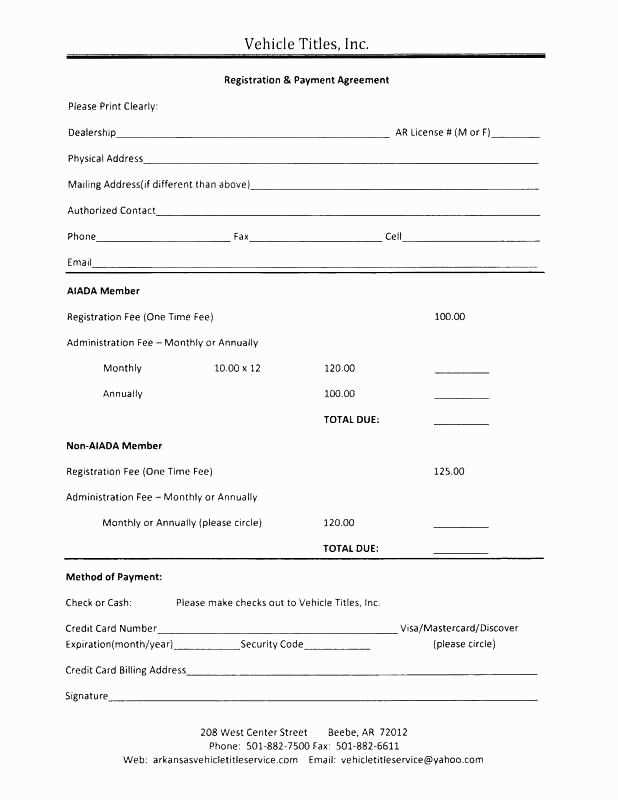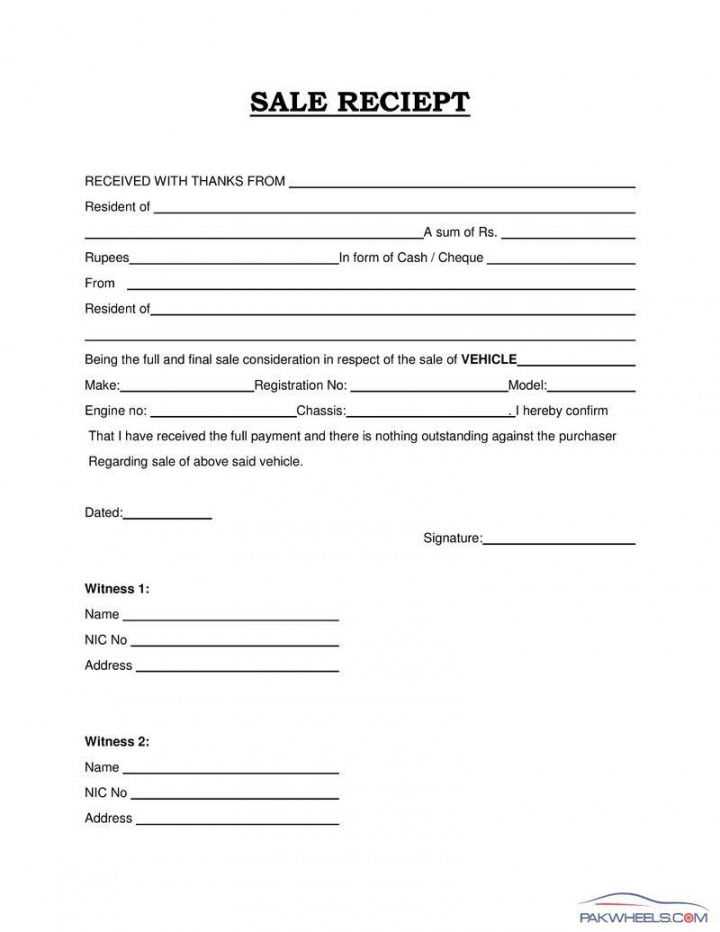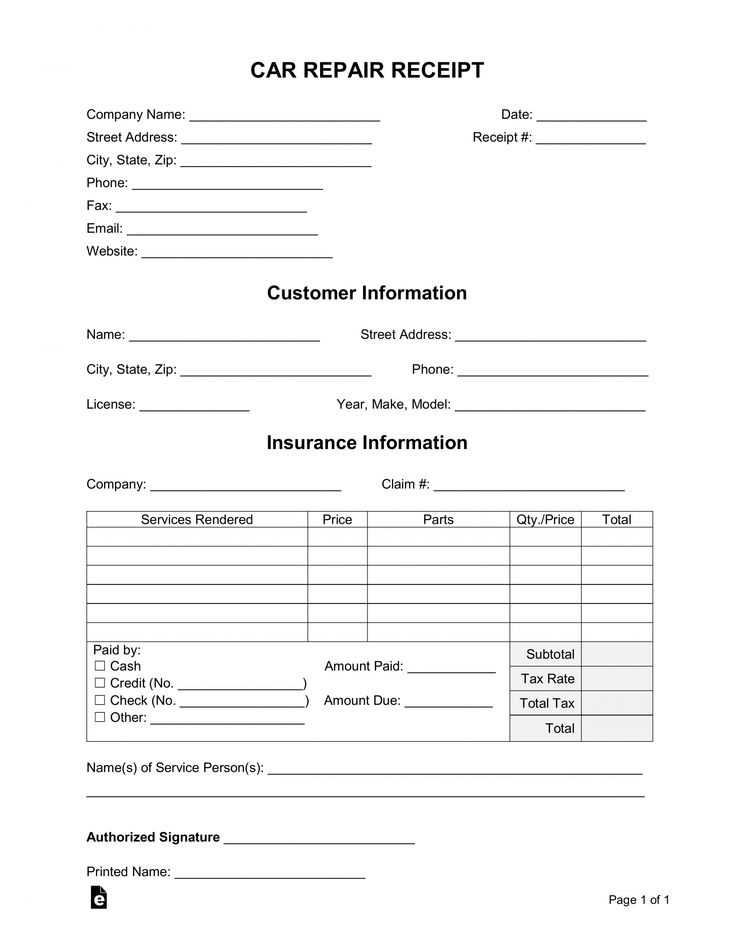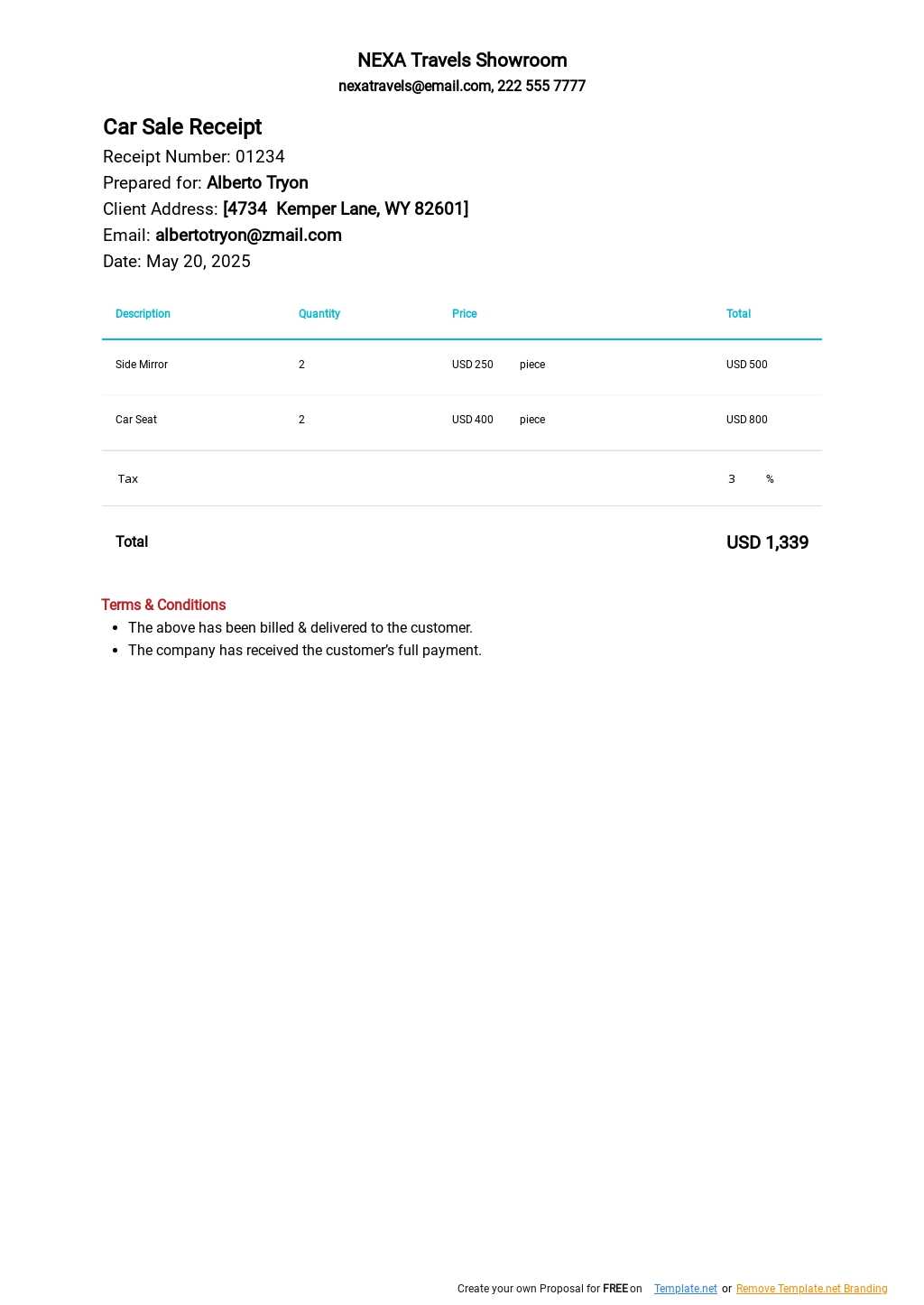
When selling a vehicle in Victoria, providing a receipt is a necessary step to ensure both parties have clear documentation of the transaction. The receipt serves as proof of sale and includes vital details about the car and the terms of the sale. Having a well-organized template can simplify this process and ensure that all required information is included.
Start by including the buyer’s and seller’s full names, addresses, and contact information. Clearly state the vehicle’s details, such as make, model, year, Vehicle Identification Number (VIN), and odometer reading. This ensures there’s no confusion about which vehicle was sold. Be specific about the sale price, payment method, and any conditions attached to the transaction, such as whether the sale is “as is” or includes any warranties.
It’s also helpful to include a section where both parties sign, acknowledging the terms. This creates an official record, protecting both the seller and the buyer. Using a template can save time and reduce the chance of missing any critical details during the sale process.
Receipt for Car Sale Victoria Template

For a smooth car sale transaction in Victoria, a well-structured receipt is important. Below is a practical template for documenting the sale. Make sure to include all required details, ensuring both parties are protected legally.
| Detail | Information |
|---|---|
| Seller Name | [Seller’s Full Name] |
| Buyer Name | [Buyer’s Full Name] |
| Car Make | [Car Make] |
| Car Model | [Car Model] |
| Vehicle Identification Number (VIN) | [VIN Number] |
| Sale Price | $[Amount] |
| Date of Sale | [Date] |
| Payment Method | [Cash/Cheque/Bank Transfer] |
| Odometer Reading | [Odometer Reading] |
| Condition of the Car | [Used/New] |
| Seller’s Signature | [Signature] |
| Buyer’s Signature | [Signature] |
Fill out the template carefully, making sure both parties sign the receipt. Retain copies for your records to avoid any potential disputes in the future.
How to Customize the Template for Legal Compliance

First, ensure the template includes all required information, such as the full names and addresses of both the buyer and seller. Add the vehicle identification number (VIN), make, model, year, and odometer reading at the time of sale. Double-check that the sale price and payment method are clearly outlined.
Incorporate any state-specific disclosures or warranties. For example, in Victoria, Australia, sellers must include a statement confirming that the vehicle is free from any undisclosed financial encumbrances. Include a section for the seller to acknowledge the absence of any undisclosed defects or issues with the car.
Make sure the document includes a clear agreement on the terms of the sale, such as “sold as is” or any warranties offered. The template should also have a place for both parties to sign and date the document, confirming mutual understanding of the terms.
Lastly, verify that the template complies with local consumer protection laws. Some jurisdictions may require a cooling-off period or additional clauses. Stay informed about the relevant legal requirements in your area to avoid any complications later on.
Key Information to Include in a Car Sale Receipt
Ensure the receipt clearly outlines the following details:
- Buyer and Seller Information: List full names, addresses, and contact details for both parties involved.
- Vehicle Details: Include make, model, year, Vehicle Identification Number (VIN), and odometer reading.
- Sale Price: Clearly state the agreed sale price, specifying the currency and payment method used.
- Payment Terms: Include details on any deposit paid, remaining balance, and payment method (e.g., cash, bank transfer).
- Date of Sale: Mention the exact date the sale is finalized.
- Condition of the Vehicle: A brief description of the car’s condition, highlighting any known issues or repairs.
- Signatures: Both buyer and seller should sign the receipt to confirm the transaction.
This information will ensure transparency and protect both parties legally after the sale is complete.
Steps to Sign and Exchange the Receipt Properly

Begin by reviewing all the details on the receipt. Ensure that the buyer’s and seller’s information, as well as the car’s details, are correct. Double-check the sale amount and any agreed terms.
Next, both parties should sign the document. The buyer should sign first to acknowledge the transaction. Afterward, the seller signs to confirm the receipt of payment and transfer of ownership.
Once signed, the seller should provide a copy of the signed receipt to the buyer. The buyer should keep this document as proof of ownership transfer. Both parties should retain a copy for their records.
Finally, make sure the date of sale is clearly marked. Both parties should agree on the date and confirm the transaction has been completed.


